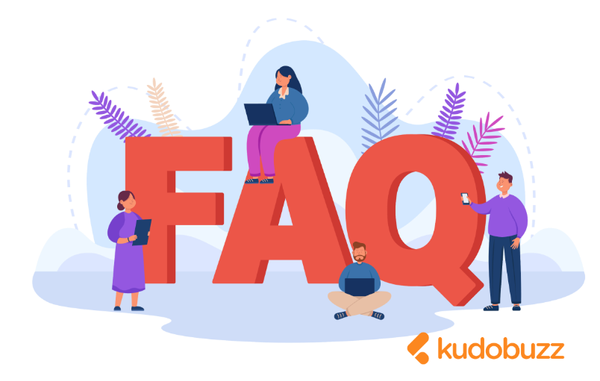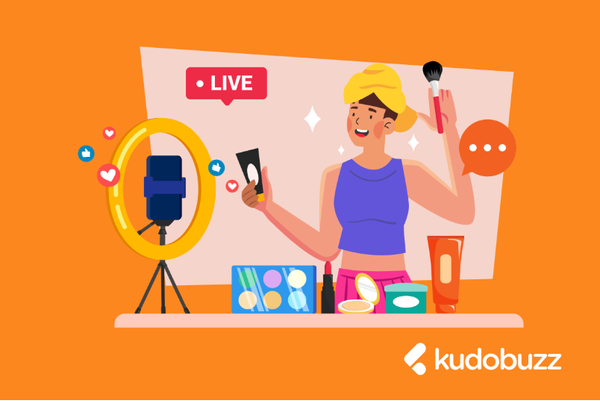Social media has become a great way to connect with your target market. Facebook advertising has become very inexpensive and when done correctly can be very effective. However, as more and more ads flood the market, you do have to get creative in order to stand out.
Let’s review the types of Facebook ads that are available. There are sponsored stories, sidebar ads, mobile app ads, carousel ads, and video ads. Each has a different type of layout. The type of ad that you select will depend on your goal.
For some ads, you will want to focus on engagement for your Facebook page. Others will be purely promotional and product based and will drive sales. There should be a good mixture of the two so that your page does not come across as too salesy.
Setting Goals For Your Ad
The first step in creating a Facebook ad is to set the goal. As you start to write your Facebook ad, you should think about the action that you want your viewers to take. Consider the following questions:
- Do you want more likes on your page?
- Will the ad send traffic to your website?
- Is the ad going to promote a new product?
- Do you want to send traffic to a landing page?
- Do you want your post to be shared?
- Are you looking for comments on your post?
Once you decide on what your goal will be the next step is to craft a clear and concise call to action.
The Call To Action
It may seem obvious, but your audience must know what to do. Do not assume that they will like and share your post just because it is funny. Tell them to like and share it. Sometimes adding that simple bit of direction can make a huge difference. A strong CTA will help to increase your conversion rate:
Get to the Point
A Facebook ad is not the time for flowery language and imagery. People are going to see it quickly as they scroll through their newsfeed. They need to get the message quickly before they scroll past it. Be concise about the benefits of your product or service.
Too often people write vague sales copy. “This will improve your life.” “Our product will make your life so much easier!” It doesn’t get to the point and it doesn’t make you want to click on the ad. How will it make my life easier? How do they think my life needs improvement?
Be very direct with your copy. Let your audience know exactly how your product or service can be helpful to them.
Take this example from the The New York Times.
We have all seen this ad. It’s all over our facebook and instagram feeds, and it’s one of the most aggressive campaigns the New York Times have ran in the past. In this example, they decided to go with an empty grey box that features their offer in big, bold letters:
This is an example that works well on retargeting campaigns (your customer already knows your product because they’ve visited your website or bought from you before) or simple products that don’t need long explanations.
Feature the Benefits
To sell your audience on your product or service, you want to highlight the benefits that you are offering. Is it a digital download that will share the secrets to time management? Will they be able to purchase a gadget that saves them time and money? Let your audience know how taking action with your ad can massively improve their lives.
Keep in mind that people don’t like to look at a sea of text. Creating a bullet point list of benefits will draw their eyes to the benefits. You won’t lose them as they decide their eyes are too tired to read a whole paragraph on the latest internet service.
Airbnb used a photo with no text to display their opportunities for freelance tour guides. The image catches your attention at first since it looks like something your friends might have shared from their personal profiles, and the ad copy explains in just one simple sentence the value proposition of the ad.
Targeting Your Ad
This can be tricky and many people tend to screw it up. Many marketers have accidentally hit “Boost Post” without selecting their target demographic. When this happens, often your budget gets spent quickly and you don’t see a return on investment.
Fortunately, Facebook’s algorithms are getting better at figuring out the right target for your posts. However, you still don’t want to skip this step.
If your business is in a certain location, you will make sure that you target that area. For online businesses, you will want to target age groups and interests. To do this, think about your ideal customer.
- What age do they tend to be?
- What other groups and interests do they have?
- Where do they like to hang out online?
- Are they likely to share posts with their friends?
- Will they comment on your post?
Different age groups have different activity levels on social media. The Gen Xers and Baby Boomers tend to be the most frequent users of Facebook. Millennials tend to use Snapchat and Instagram more frequently.
What to Avoid
Broad Targeting
It can be tempting to assume that every 20-30-year-old female is interested in your dating program. However, that isn’t the case. Some of them are already married, others are divorced. It is great to think that everyone needs your product. However, you’ll do much better if you use the Detailed Targeting Tool.
Facebook’s detailed targeting tool allows you to target women who are between 20-30 years old that like the Dating Divas, Zoosk, and Godly Dating 101. You can create an even more targeted ad when you use this tool and target women who like Godly Dating 101. Having a religious spin on your dating advertisement will appeal more to these women.
These women are going to be the ones that are much more interested in a dating program. You’ve narrowed down the targeting to include only women who actually are actively interested in dating and focused on an age range. You can now appeal to this audience much better.
Low Relevance Score
Facebook wants your ads to be extremely relevant to the audience that you select. Therefore, it will show the ads of advertisers who get the messaging right and reward them with lower costs.
Tightening the target audience is one method of improving your relevance score. Impactful copy and clear calls to action are also great ways to improve your relevance.
Ads that Don’t Match the Landing Page
Even if you have designed an awesome advertisement, if the landing page is off, you won’t get a conversion. The messaging in the ad must be congruent with the landing page. The images, copy, tone, look and feel of the ad and the landing page must be similar.
Add trust indicators and make the calls to action clearly visible throughout the page. Minimize the links on your landing pages. You only want your visitors to click on the call to action buttons. This will increase your conversions.
If your Facebook ads don’t seem to be working for you, it is time to start retargeting. You’ll want to analyze your advertisement and see if it matches your message. Check out your target audience. It may be that they are not interested and you should try a different audience. Split test some different ads to see what phrases appeal most to your audience.
About the author:
Melinda Curle. Melinda is a blogger at CandyBar and ReferralCandy. She loves learning about internet marketing and maintaining her own fitness blog. She enjoys running, swimming, dancing and Pilates.









